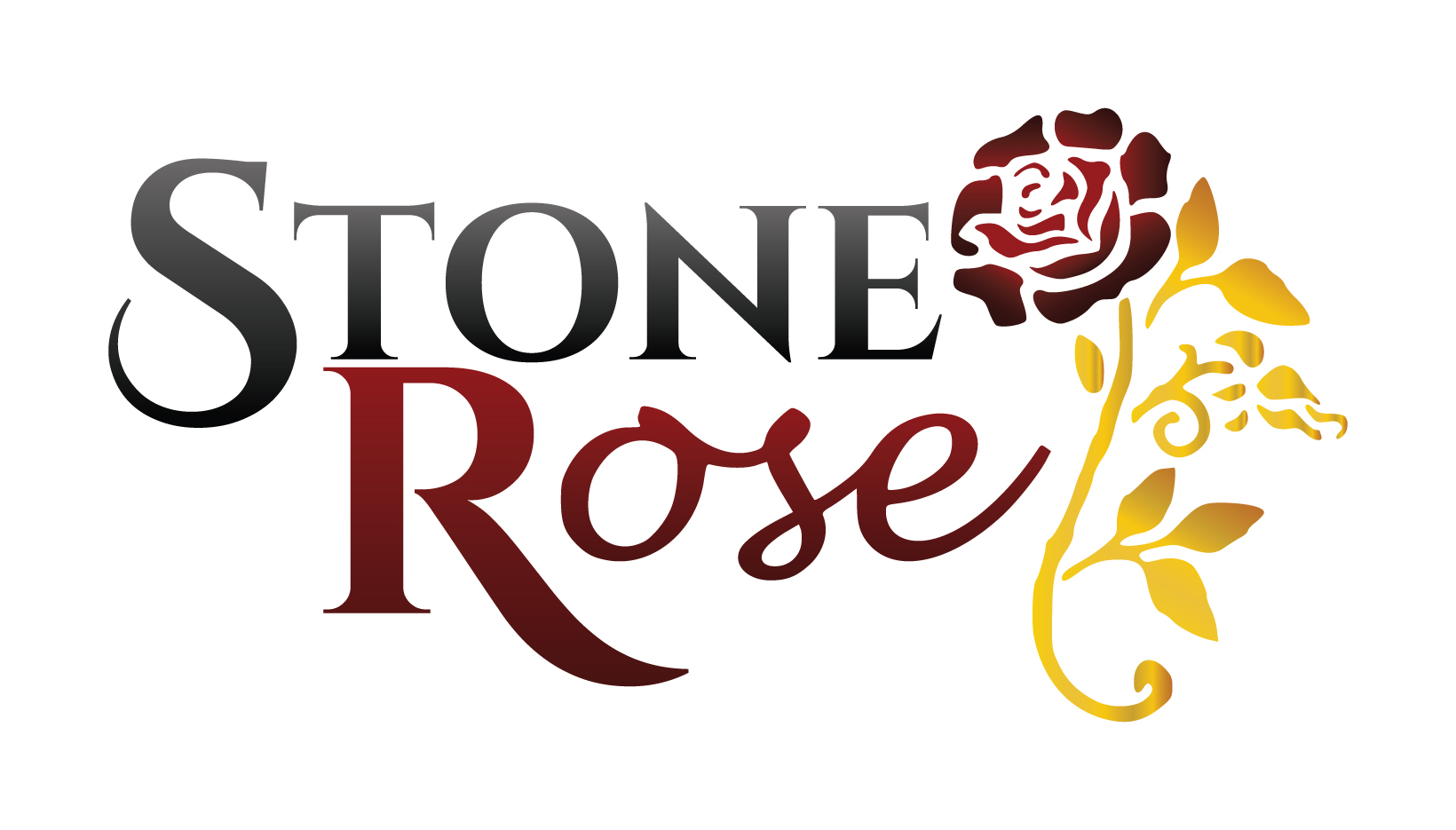You’ve polished your resume, updated your LinkedIn, and sent out applications, but there is still no response. It’s a familiar story for many job seekers heading into 2025. The rules of job searching have shifted. What used to work even a few years ago now feels outdated. Hiring processes are faster, expectations are higher, and competition is everywhere. With remote and hybrid work becoming the norm and companies, standing out takes more than just checking boxes.
This article breaks down ten practical tips for job searching that can help you this year. You’ll learn how to improve your digital presence, tailor your applications, understand job descriptions, and build a stronger resume. The article also walks you through networking smarter, strengthening your personal brand, choosing the right courses, applying with purpose, preparing better for interviews, and staying motivated no matter how long the search takes.
1. Optimize Your Online Presence
Your online footprint is often the first thing hiring managers notice, even before they read your resume. These days, a well-maintained LinkedIn profile or a personal website is more than just a nice touch—it’s part of the modern hiring process.
Employers want to see who you are beyond a list of job titles. That means having a professional profile photo, a headline that reflects your current goals, and a summary that actually tells your story rather than just repeating what’s in your resume. Make sure your job history is up to date and includes keywords related to the type of positions you’re aiming for.
You don’t have to be everywhere online, but wherever you are, be consistent. If you’re in a creative or technical field, consider adding a digital portfolio that showcases your work. Even sharing short posts or writing about your professional interests can show employers that you’re engaged and forward-thinking. It all adds up to help you stand out from the crowd.
2. Tailor Each Application to the Job
Too often, job seekers rely on sending out the same resume and cover letter to multiple companies. The problem is, hiring teams can spot a generic application right away. What grabs their attention is when an application feels like it was written specifically for them. That means taking the time to adjust the tone and content of your materials to fit each job posting.
Start by reviewing the job description closely. Then, tweak your resume to highlight the experiences and accomplishments that directly relate to the role. Your cover letter should connect the dots between what the company is looking for and what you’ve done. This takes more time than blasting out a dozen applications in one sitting, but it’s worth it.
It shows employers that you care enough to put in the effort—and that’s often what gets your name moved to the “interview” pile. Personalizing your materials is one of the most overlooked job hunting techniques out there. When you make an effort to tailor your message, you give hiring teams a clear reason to choose you over someone else with similar qualifications.
3. Learn to Decode Job Descriptions
Job descriptions aren’t always as clear as they seem. Some are packed with industry jargon, vague requirements, or a laundry list of responsibilities. Others are written in a way that can make candidates feel underqualified when they’re actually a great fit. That’s why it helps to read these listings with a more analytical eye.
Try to figure out which parts of the job post reflect the core responsibilities and which ones are more flexible or ideal but not mandatory. Pay attention to the words that show up more than once. Those are often the skills or traits the employer really cares about. If a listing says they want someone who’s “collaborative” or “comfortable with change,” those are cues about the company culture, not just the job itself.
Also, look for soft skills like communication or leadership, which can help you craft stronger examples in your resume or interview answers. The more you practice interpreting job postings, the better you’ll get at spotting opportunities where your skills align.
4. Master the Art of the Resume in 2025
Resumes in 2025 need to be clean, focused, and packed with results. Employers are short on time, and applicant tracking systems (ATS) often scan your file before a person ever sees it. So, what’s the best way to write one that works? Focus on being clear and concrete.
List your achievements using action verbs and include data when you can. For example, instead of saying “responsible for managing projects,” try “led five cross-functional teams to complete projects three weeks ahead of schedule.” This kind of language gives employers something real to remember. Stick to a simple format that works well on both screens and paper and avoids clutter.
On top of that, make sure your resume is targeted. If you’re applying for a role in project management, highlight your experience with scheduling, coordination, or using relevant software. Leave out details that don’t relate to the job you’re going for. A well-crafted resume does more than show your background—it sets the stage for why you’re the right person for the job.
5. Expand and Nurture Your Network
It’s true that many jobs never get posted publicly. That’s where networking becomes your strongest tool. Reaching out to people in your industry, whether it’s old coworkers, college classmates, or someone you met at a conference, can lead to opportunities you won’t find on any job board.
The key is to build genuine relationships instead of only contacting people when you need something. Start conversations, ask about what they’re working on, and share your own progress. Stay active on LinkedIn or join online communities where professionals in your field connect. These small actions, combined with other tips for job searching that focus on visibility and outreach, can help you stay on someone’s radar for the next opening or referral.
Keep in mind as well that networking doesn’t have to be intimidating. It’s just people helping people. If you’re sincere and consistent, you’ll be surprised at how often people are willing to give advice, share leads, or connect you with others who can help.
6. Stay Consistent With Your Personal Brand
Think of your personal brand as the overall impression people get when they look you up online, talk to you at events, or read your application materials. The more consistent and thoughtful your message is, the easier it is for employers to understand what you’re all about. That means aligning your resume, LinkedIn, email signature, and any public work around the same themes—your values, strengths, and career goals.
You don’t need a logo or tagline. Instead, focus on being clear about the types of roles you’re aiming for and the problems you love solving. Maybe you’re known for being a fixer on high-pressure teams, or maybe your strength lies in bringing creative ideas to practical execution. When people remember you for something specific, they’re more likely to reach out when the right opportunity shows up.
If you enjoy writing or speaking, consider creating content that reflects your skills or opinions in your field. This could be as simple as commenting on industry trends or sharing articles with your own take. Over time, this positions you as someone who’s engaged and thoughtful—qualities that hiring teams appreciate.
7. Prepare Thoroughly for Interviews
Job interviews have changed. Some are still in person, but many happen over video calls, which brings its own challenges. Either way, you want to show up prepared—not just for the questions you’ll be asked but also for the opportunity to share your story. Start by reviewing the company’s mission, recent updates, and the specifics of the job description.
Practice answering common questions using examples from your past work. Try the STAR method—situation, task, action, result—to make your answers more structured and easy to follow. Don’t just memorize responses. Instead, aim to understand the purpose of each question so you can adapt naturally during the conversation.
Also, prepare your own questions. Interviews go both ways. Asking about team dynamics, growth opportunities, or company goals shows that you’re thinking long-term. It also helps you figure out if the company fits your values and goals.
8. Upskill with Relevant Certifications and Courses
Employers are always on the lookout for candidates who stay current with industry trends. Getting new certifications or completing short courses can show that you’re actively improving your skills. This is especially helpful if you’re switching industries or if your experience is missing a few key items from job postings.
Look for programs that match the direction you want to go in. You don’t need to overload your schedule with back-to-back courses, but picking one or two targeted options can really strengthen your resume. Many platforms now offer flexible formats, including online lessons, weekend boot camps, or project-based learning that fits around a full-time job.
Not only does this kind of effort improve your chances with recruiters, but it also gives you more confidence during interviews. When you’ve taken the time to level up, you can speak with more clarity about current tools, trends, and best practices.
9. Be Strategic with Job Boards and Applications
It’s tempting to apply to everything, especially if you’re feeling pressure to land a job quickly. But being selective and thoughtful can save you time and energy in the long run. Start by identifying which job boards actually deliver the best matches for your skill set. General sites are fine, but you may get more value from niche boards focused on your industry or role.
Set up filters and alerts so that you’re not spending hours searching every day. Block out time to apply, track your submissions, and follow up when needed. A spreadsheet or a job tracker app can help you stay organized. It may seem simple, but keeping things in order reduces stress and lets you focus more clearly on the roles that matter.
Applying with intention helps you avoid burnout. You’ll have more space to polish your materials, prepare for interviews, and even connect with people at the companies you’re applying to. That combination is often what makes the difference.
10. Stay Resilient and Adaptable
Looking for a job can be tiring, especially if you’ve been applying for a while without getting the results you want. This is where your mindset makes a big difference. Instead of focusing on what’s going wrong, shift your energy toward what you can control—your schedule, your habits, your mindset.
Set a weekly goal for how many jobs you’ll apply to or how many networking conversations you’ll start. Break big goals into small wins. Celebrate progress, even if it’s just finishing a course or getting a reply from a recruiter. These small victories build momentum.
Being adaptable also helps when your plans change. Maybe a role opens up that you hadn’t considered before but matches your interests. Or maybe you realize you need to improve a certain skill to compete. Adjusting your path doesn’t mean giving up—it just means you’re learning how to job hunt effectively based on what’s working.
Start Applying Where Growth Meets Opportunity
You’ve just gone through ten smart tips to guide your job search in 2025. From refining your resume to building a strong online presence, each step helps you show up with more clarity and confidence. Stay proactive, stay curious, and don’t be afraid to try new strategies.
If you’re ready to put these strategies into action, there’s no better time to apply than now. Stone Rose Management is hiring driven individuals who want more than just a job—we’re looking to build careers. Whether you’re just starting or looking for your next step, we offer a space where hard work meets support and talent is truly recognized. Take that next step confidently and check out the openings we currently have.

